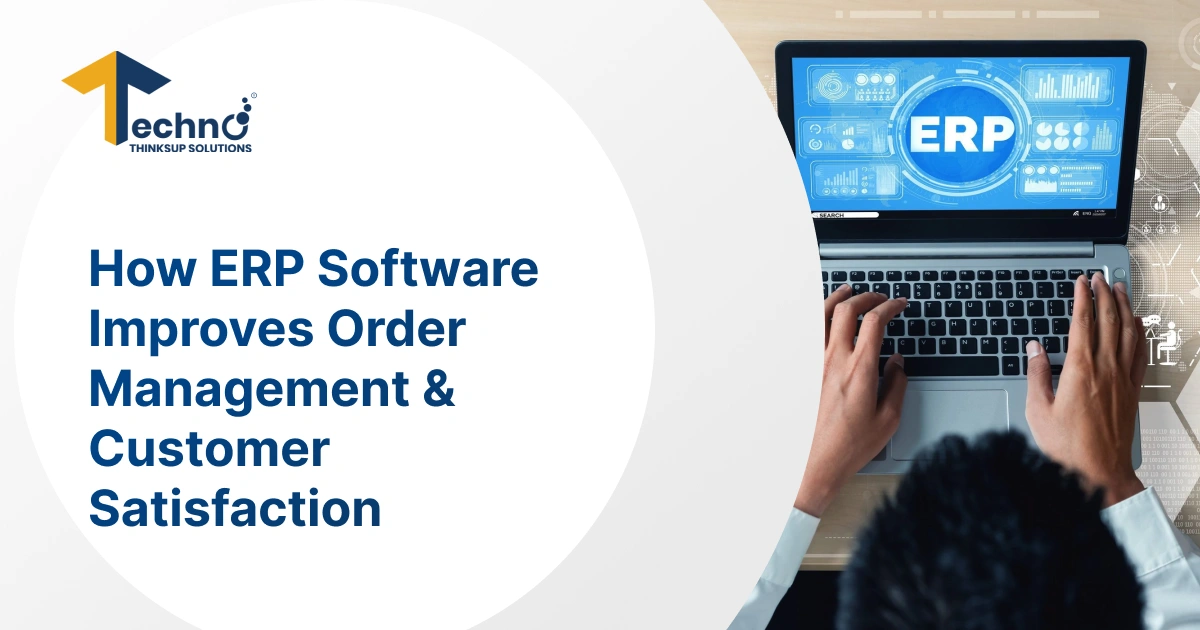
Businesses across the globe are increasingly relying on software solutions to streamline operations, enhance user experiences, and gain a competitive edge. Whether it’s a startup launching a new product or a well-established enterprise upgrading its systems, understanding the software development process is critical. This blog will take a deep dive into the stages, methodologies, and best practices of software development, with insights into how companies can leverage this process to meet their unique needs.
Take the First Step Today
Schedule Your Consultation and Unlock Growth Opportunities !
Understanding the Software Development Process
The software development process is a systematic approach to creating, deploying, and maintaining software solutions. It involves various stages, each designed to ensure that the final product is functional, reliable, and scalable. Custom software development agencies and software engineering companies adopt specific methodologies to ensure efficiency, quality, and customer satisfaction.
Key Stages of the Software Development Process
1. Requirement Gathering and Analysis
Every successful project begins with understanding the client’s needs. This stage involves extensive discussions with stakeholders to identify:
- Business goals
- Technical requirements
- User expectations
A Custom Software Development Company in California or a Leading Software Development Company in Texas will typically conduct detailed market research and feasibility studies during this phase.
2. Design and Prototyping
Once the requirements are clear, the design phase begins. This includes:
- Wireframes for user interfaces
- Architectural design for system components
- Prototyping for user feedback
This stage is crucial for ensuring that the final product aligns with the client’s vision and user needs.
3. Development of Software
The development phase involves writing the code that makes up the software. This is where a Software Development Company in the USA brings its expertise in various programming languages and frameworks. Developers follow coding standards and use version control systems to manage changes.
Common development models include:
- Agile Development: A flexible approach that allows for iterative progress and regular feedback.
- Waterfall Model: A linear approach where each phase must be completed before moving on to the next.
4. Testing and Quality Assurance (QA)
Testing is an integral part of the software development process to ensure that the product is free from bugs and performs as expected. QA teams perform:
- Unit testing
- Integration testing
- User acceptance testing (UAT)
This ensures the delivery of a reliable and high-quality product, which is a hallmark of top software engineering companies.
5. Deployment
Once the software passes all testing phases, it’s ready for deployment. This involves:
- Releasing the software to production
- Configuring servers
- Setting up databases
A Custom Software Development Agency will ensure a smooth deployment process, minimizing downtime and disruptions.
6. Maintenance and Updates
Post-launch, continuous monitoring and maintenance are essential to ensure the software remains functional and up-to-date. Regular updates are often necessary to address security vulnerabilities, enhance features, and improve user experience.
Why Choose a Custom Software Development Agency?
Partnering with a custom software development agency offers several advantages:
- Tailored Solutions: Custom agencies design software to meet specific business needs, ensuring greater efficiency and user satisfaction.
- Expertise: Companies like those in California and Texas bring in-depth industry experience and cutting-edge technologies.
- Scalability: Custom solutions are designed with future growth in mind, allowing businesses to scale seamlessly as their needs evolve.
Best Practices in Software Development
- Clear Communication: Maintain open lines of communication between developers, stakeholders, and end-users.
- Regular Testing: Integrate testing at every stage to catch and fix issues early.
- User-Centric Design: Focus on the user experience to ensure the software is intuitive and easy to use.
- Continuous Improvement: Incorporate feedback and stay updated with the latest industry trends.
Choosing the Right Software Development Partner
Selecting the right partner is crucial for the success of your project. Look for a Software Development Company in the USA with a proven track record, strong client testimonials, and expertise in your industry. Whether you need a Leading Software Development Company in Texas or a Custom Software Development Company in California, ensure they offer comprehensive services, from initial consultation to post-launch support.
Conclusion
The software development process is a complex yet rewarding journey that transforms ideas into functional, scalable solutions. By understanding each phase and partnering with a reliable software development company, businesses can leverage technology to drive growth and innovation. Whether you’re looking for a custom software solution in California or a leading provider in Texas, make sure your software development partner is equipped to meet your unique needs and deliver exceptional results.
Investing in a robust software development process is more than just building software—it’s about building your business’s future.
Begin Your Digital Transformation
Minimize risks and establish a strong foundation for your ambitious projects.
Subscribe
Subscribe for updates, exclusive offers, and expert insights straight to your inbox !




































